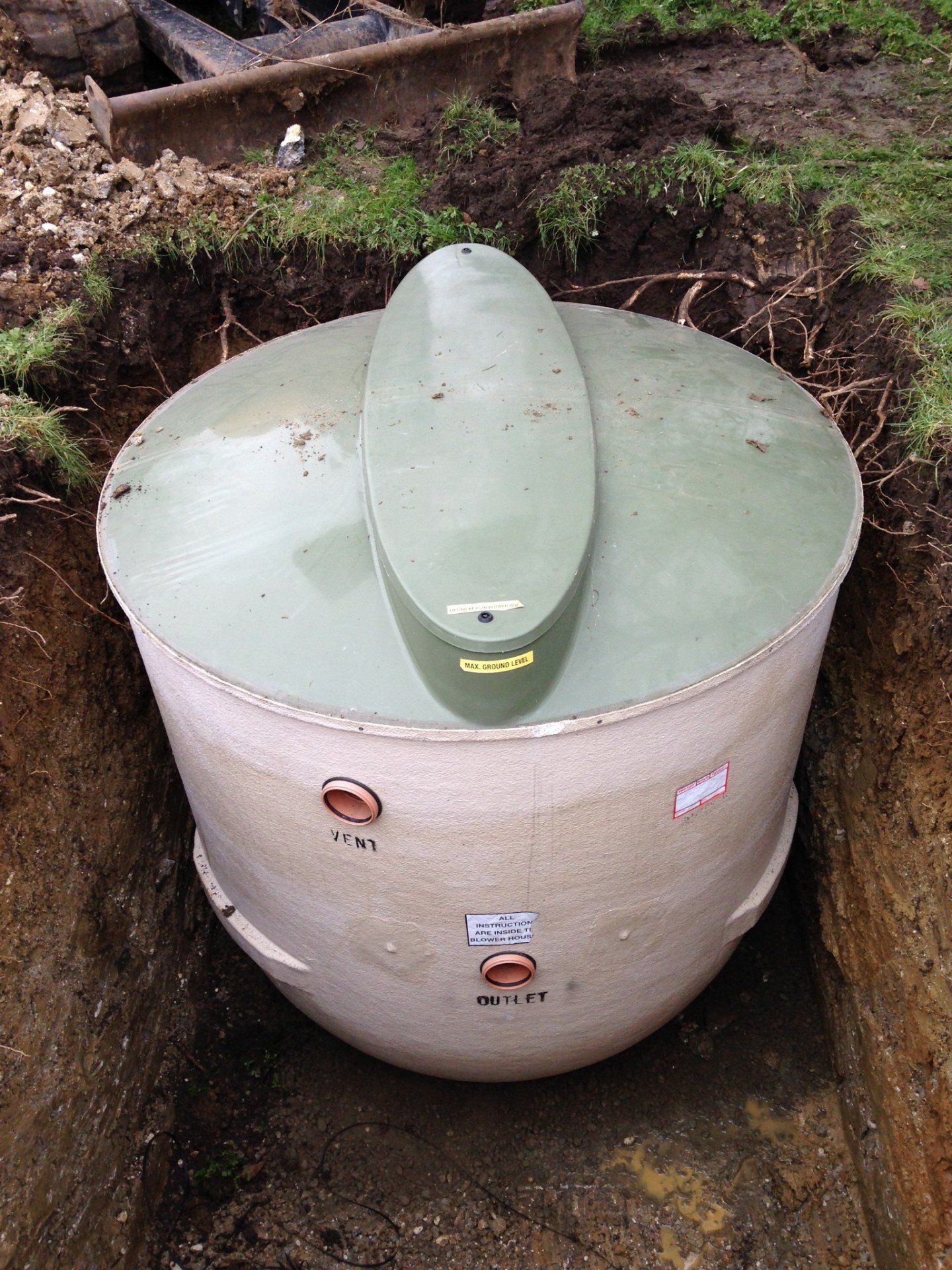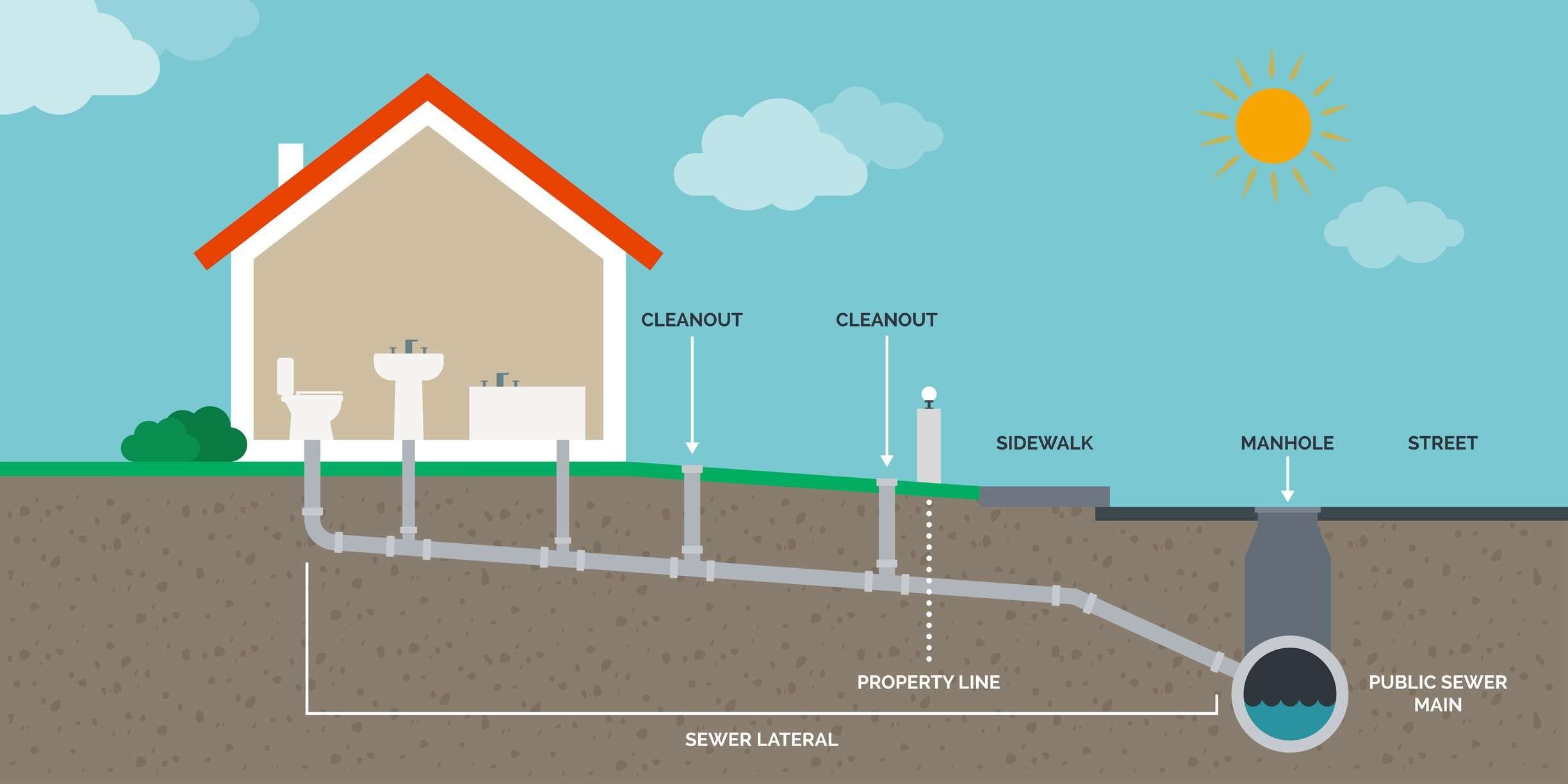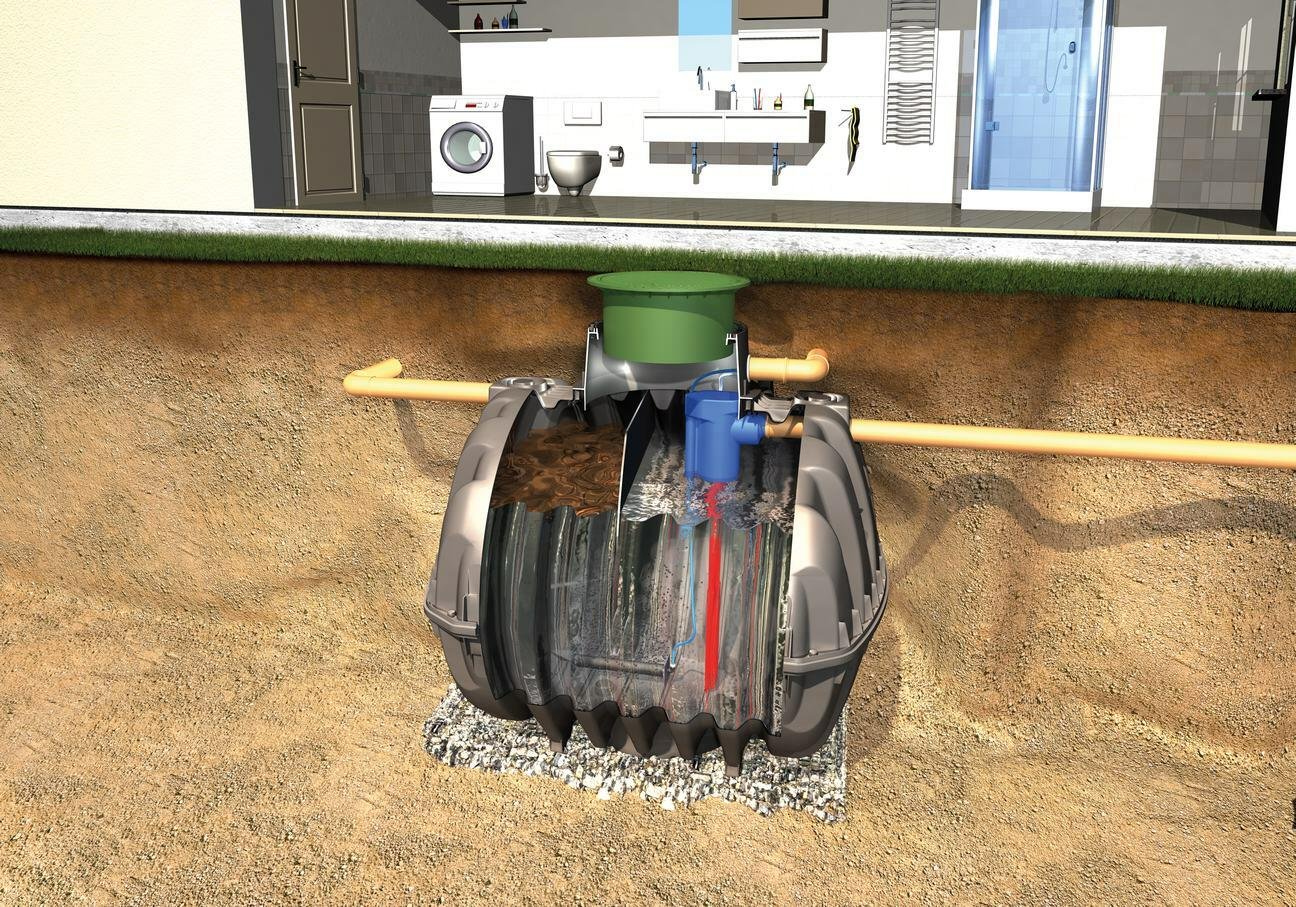Understanding the financial implications of installing and maintaining a home sewage treatment plant in Australia is crucial for homeowners. This article, “Home Sewage Treatment Plant Cost Australia: Financial Considerations for Homeowners,” delves into the key cost factors to consider, providing homeowners with the necessary information to make informed decisions.
Key Takeaways:
- Installation Costs: $7,000-$16,000 with additional infrastructure costs of $13,000-$16,000
- Aerated Wastewater Treatment System Operating Costs: $1,000/year (over 15 years), $300/year for electricity, and $600 every 5 years for pump and aerator replacement
- Gravity-Fed Septic System Operating Costs: $200-$400 every 5-10 years
- Pumped Septic System Operating Costs: $760-$1,520 every 5-10 years
- Additional Costs: Maintenance costs and running costs vary depending on system type
Home Sewage Treatment Plant Cost Australia

Installing a home sewage treatment plant cost Australia-wide averages between $7,000-$16,000. These treatment plants provide numerous benefits, including environmental protection, reduced water consumption, and increased property value.
Factors Influencing Costs:
- Type of system: Aerobic systems are more expensive than anaerobic systems due to their power source requirement.
- Size of the home: Larger homes require larger systems, adding to the cost.
- Location: Remote areas may incur higher installation and maintenance expenses.
Types of Systems:
- Aerobic Systems: Use bacteria and oxygen to break down waste. They’re efficient but require electricity.
- Anaerobic Systems: Bacteria break down waste without oxygen. They’re less efficient but cost less.
Operating Costs:
- Aerated Wastewater Treatment System: $1,000 annually (electricity, pump/aerator replacement)
- Gravity-Fed Septic System: $200-$400 every 5-10 years (pumping)
- Pumped Septic System: $760-$1,520 every 5-10 years (pumping)
Additional Considerations:
- Running costs vary based on system type.
- Maintenance costs (servicing, repairs) are not included in estimates.
Steps for Installation:
- Determine System Type: Choose a system that aligns with your needs and budget.
- Plan Installation: Coordinate with a qualified installer to ensure proper placement and operation.
- Obtain Permits: Secure necessary permits from local authorities.
- Install System: Adhere to manufacturer’s guidelines and building codes during installation.
- Connect Utilities: Establish electricity and water connections as required.
- Regular Maintenance: Schedule regular servicing to ensure optimal performance and longevity.
Pros and Cons:
Pros:
- Improved water quality
- Reduced environmental impact
- Increased property value
- Potential water savings
Cons:
- Installation costs
- Ongoing operating costs
- Maintenance requirements
- Potential for odors and noise
Thinking about getting a home sewage treatment plant? Look no further! We offer top-of-the-line home sewage treatment plants at an affordable price. Our systems are designed to handle the wastewater from your home, so you can rest assured that your family is protected from harmful bacteria and viruses.
Tired of dealing with clogged drains and foul odors? Upgrade to a home wastewater treatment plant today! Our systems are designed to remove impurities from your wastewater, so you can enjoy clean, fresh water throughout your home.
Looking for a cost-effective way to get clean water? Check out our home water filter prices in Pakistan! We offer a wide range of water filters to choose from, so you can find the perfect one for your needs. Get started on saving money on your water bill today!
Location of your property

When considering installing a home sewage treatment plant (STP), the location of your property plays a crucial role in determining the overall cost. Factors such as soil conditions, terrain, and access to utilities can significantly impact the installation and maintenance expenses.
Key Takeaways:
- Location influences the cost of an STP due to varying installation requirements.
- Soil conditions, terrain, and utility access affect installation complexity and materials needed.
- Remote locations may incur additional costs for materials transportation and labor.
Understanding the Impact of Location
Soil Conditions: The type of soil on your property determines the suitability of different STP systems. Sandy or well-drained soils are ideal for certain systems, while clay or rocky soils may require more specialized solutions.
Terrain: The slope and accessibility of your land can affect the cost of installation. Steep or uneven terrain may necessitate additional excavation and materials to ensure proper system operation.
Utility Access: The availability of electricity, water, and drainage connections at your property can impact the cost. If utilities are not readily accessible, additional trenching or piping may be required, increasing expenses.
Remote Locations: Properties in remote areas often face higher transportation costs for materials and labor. Additionally, specialized equipment may be necessary to navigate challenging terrain, further adding to the overall cost.
Citation: Express Wastewater Solutions
Cost of STPs: Financial Considerations for Homeowners
Thinking of installing a home sewage treatment plant (STP)? Here’s a breakdown of the financial considerations to keep in mind.
Types of STPs and Their Costs
Aerobic systems use oxygen to break down waste, requiring electricity and costing $11,000 – $15,000 for installation. Anaerobic systems don’t need electricity but are less efficient, costing $13,000 – $16,000 to install.
Operating Costs
Expect to pay around $300 annually for electricity in an aerobic system. Every five years, you’ll need to replace the pump and aerator for approximately $600.
Other Factors Affecting Cost
- Home size: Larger homes require larger STPs, increasing costs.
- Location: Remote areas may incur higher installation and maintenance expenses.
- Soil type and land slope: These factors can impact installation costs.
Key Takeaways:
- Cost of STPs varies based on type, home size, and location.
- Installation costs range from $11,000 – $16,000, with surface disbursement being slightly less expensive.
- Operating costs include electricity expenses and occasional pump/aerator replacements.
Most Relevant URL Source:
- Express Wastewater Solutions: Wastewater Treatment Cost
Benefits of STPs
Here are some compelling reasons why installing a home sewage treatment plant (STP) is a smart move:
- Reduce water bills: STPs recycle treated wastewater for irrigation purposes, potentially slashing water consumption and lowering your monthly bills.
- Independence: STPs free you from monthly fees to sewer utilities, giving you greater financial autonomy.
- Installation versatility: STPs can be cost-effectively installed in various locations, making them a solution for diverse property types.
- Enhanced water treatment: STPs provide a higher level of treatment than septic systems, resulting in cleaner wastewater suitable for watering lawns and gardens.
- Increased property value: Installing a home STP is a sought-after amenity that can boost your property’s value.
Key Takeaways:
- STPs offer cost savings through reduced water bills and eliminated sewer fees.
- They provide independence from external sewer systems.
- Their versatility allows for installation in various locations.
- STPs enhance wastewater treatment, producing cleaner water for irrigation.
- Installing an STP can increase your property’s value.
Most Relevant URL Source:
Advantages of the sewage treatment process | Pros of a Home Sewage Treatment Plant
FAQ
Q1: What are the typical installation costs for a home sewage treatment plant in Australia?
Q2: What are the ongoing operating costs associated with an aerated wastewater treatment system?
Q3: How do the costs of gravity-fed septic systems compare to pumped septic systems?
Q4: What additional costs should homeowners consider beyond installation and operating expenses?
Q5: What factors can affect the overall cost of installing a home sewage treatment plant?
- White Kitchen With Butcher Block Countertops: A Warm, Inviting Design - January 4, 2026
- Marble Countertops Prices: What Impacts the Overall Cost to Install? - January 3, 2026
- Marble Countertops Cost: What Factors Impact the Total Price? - January 2, 2026










